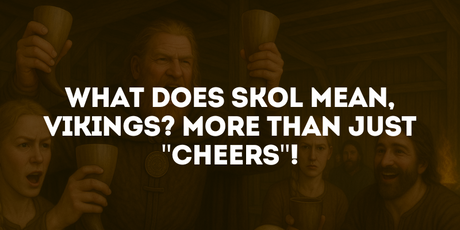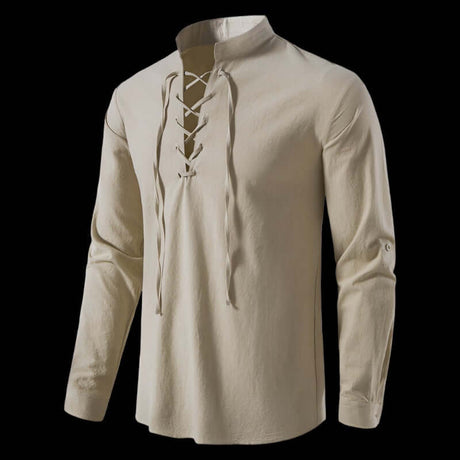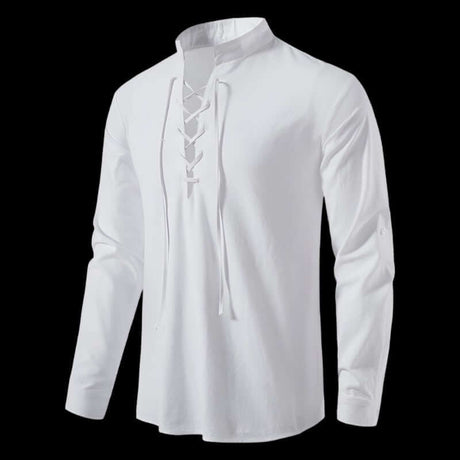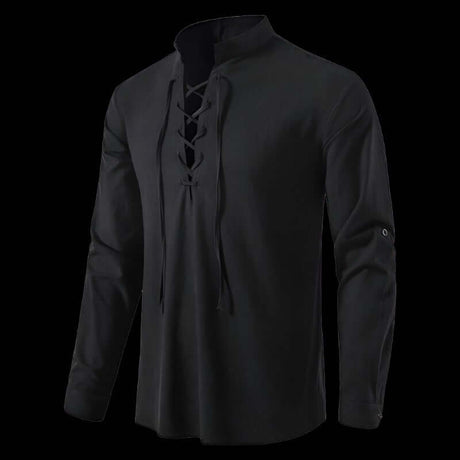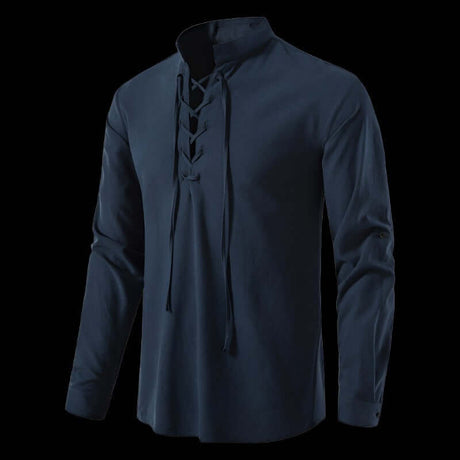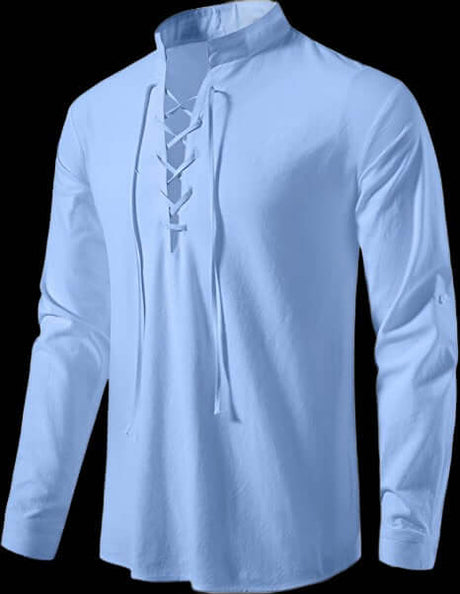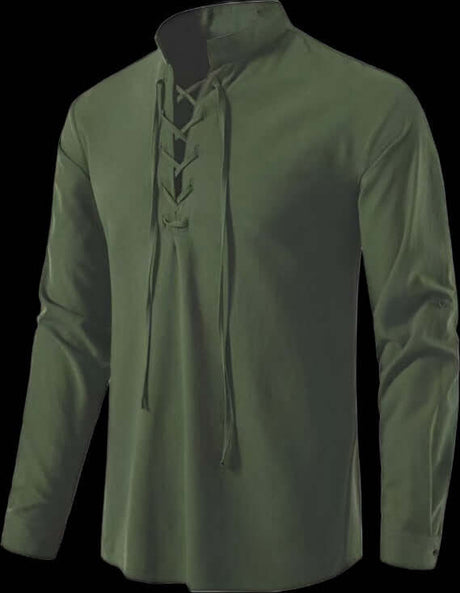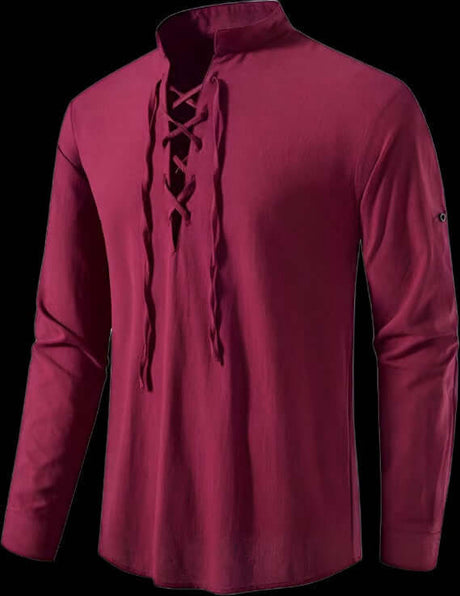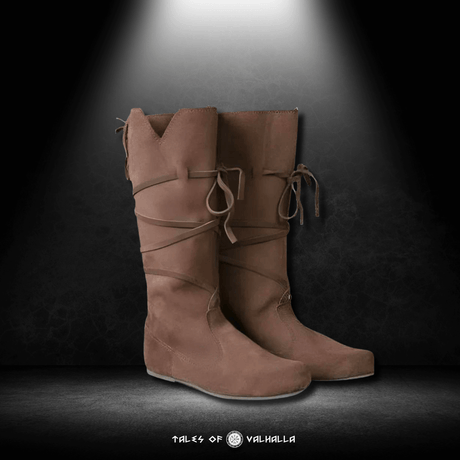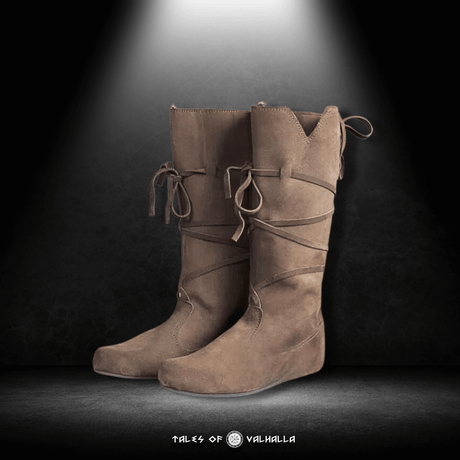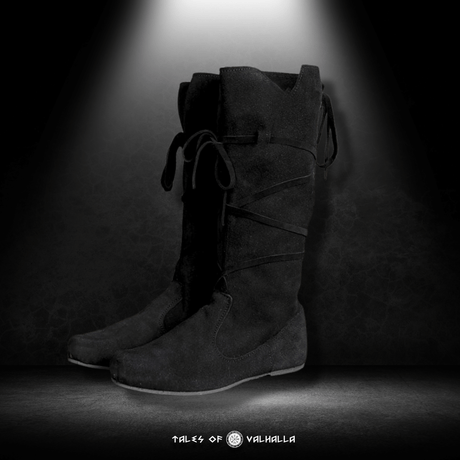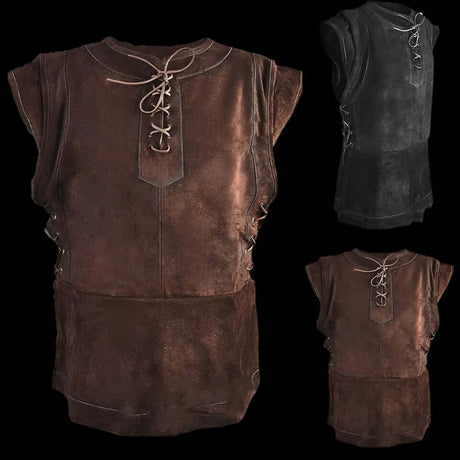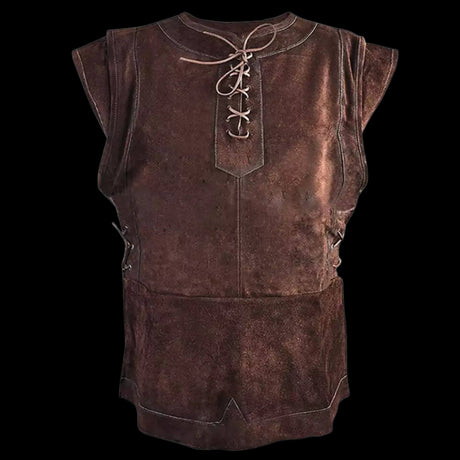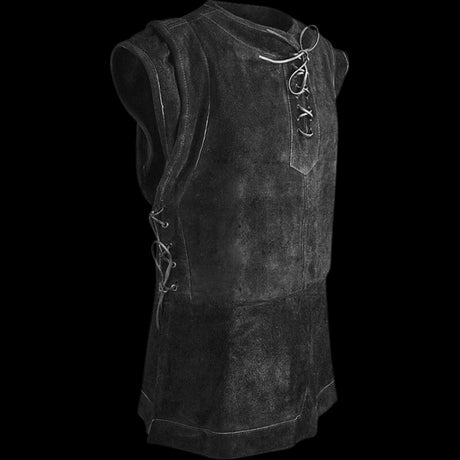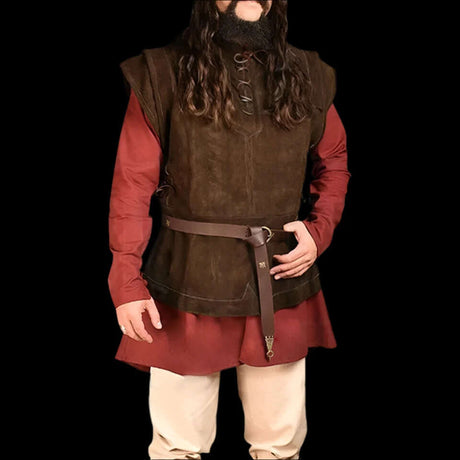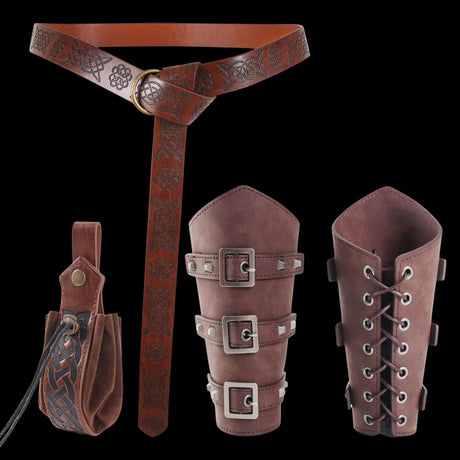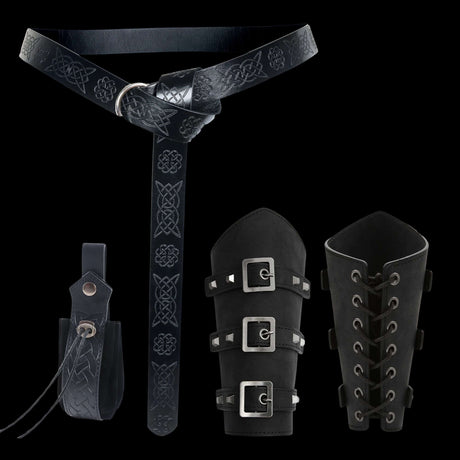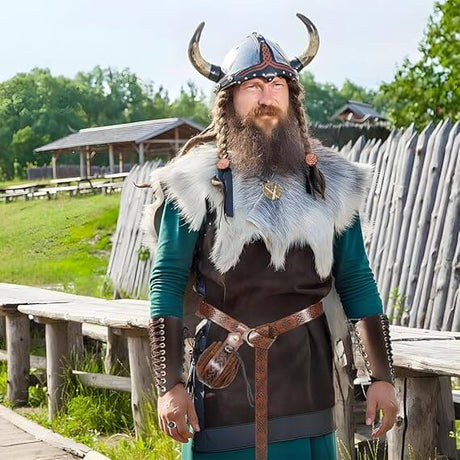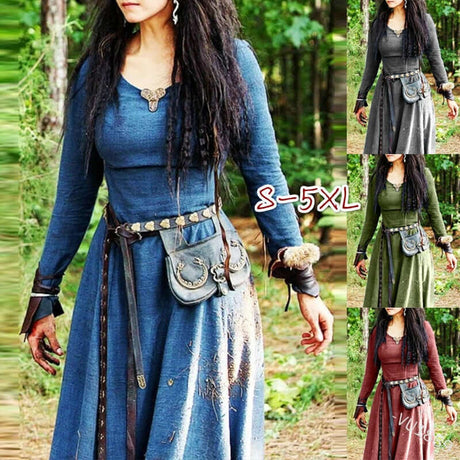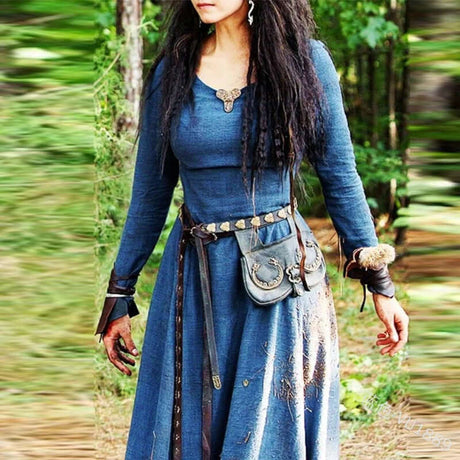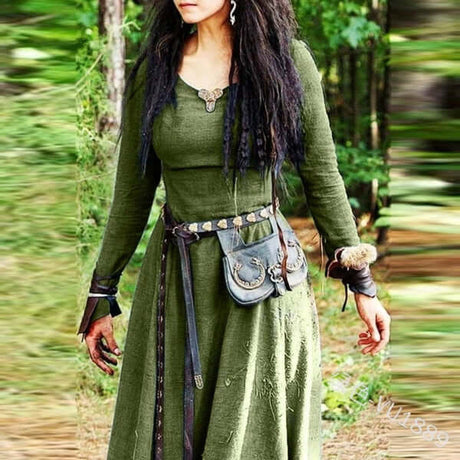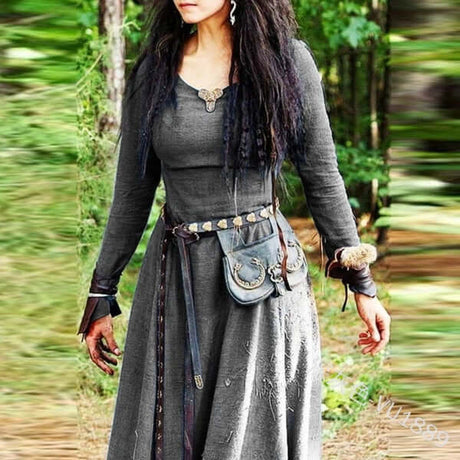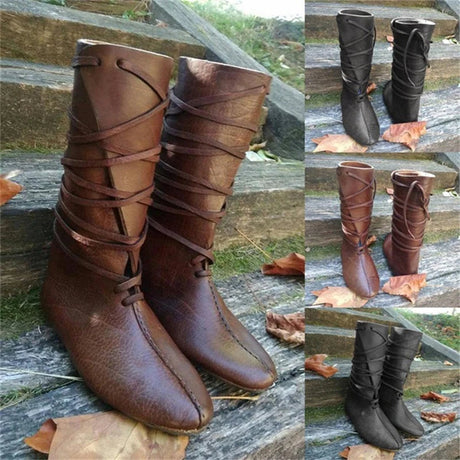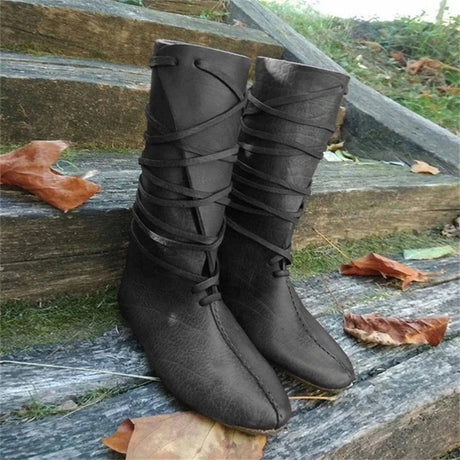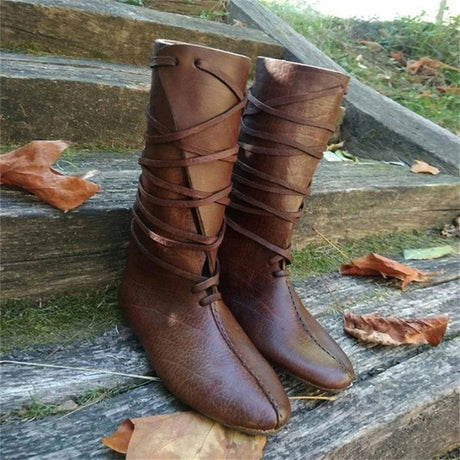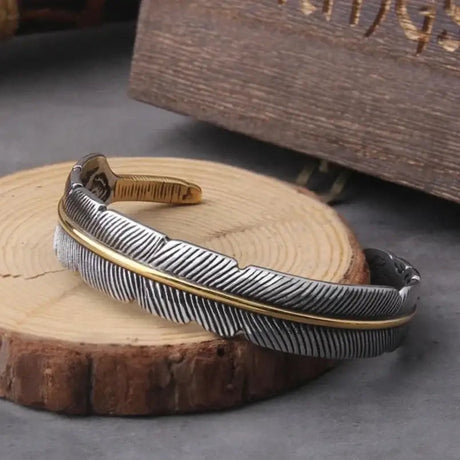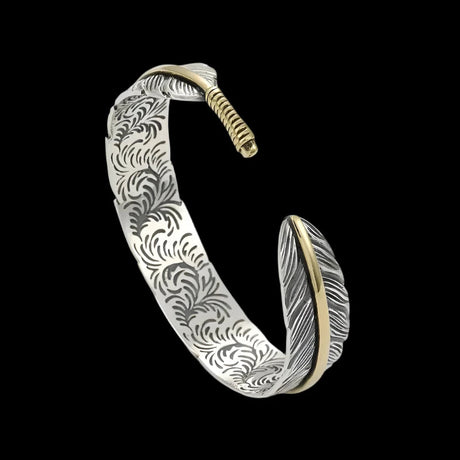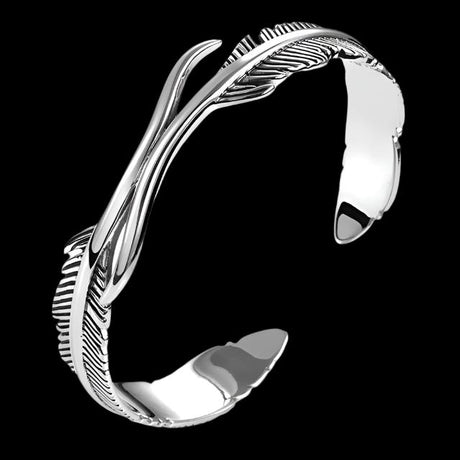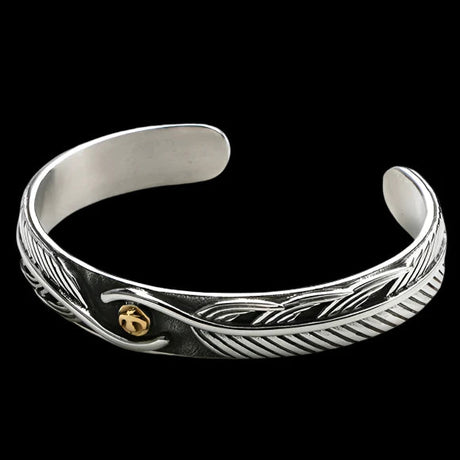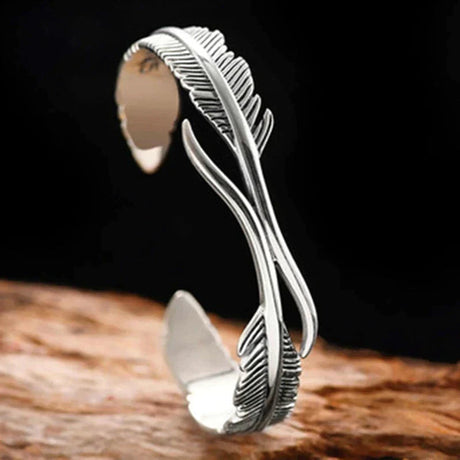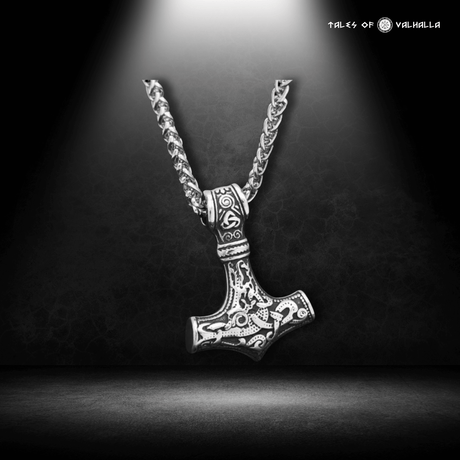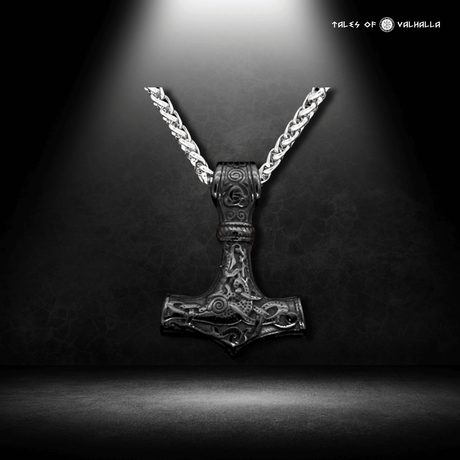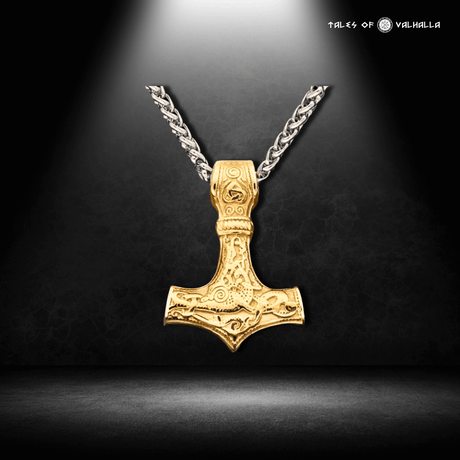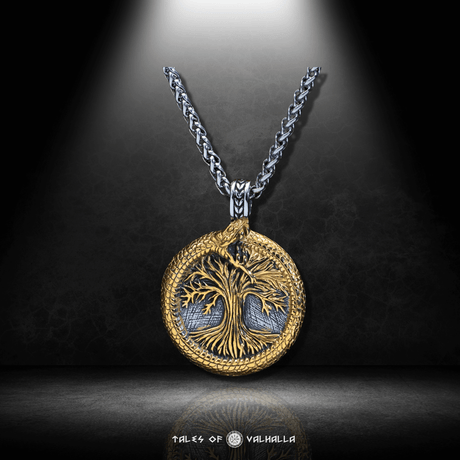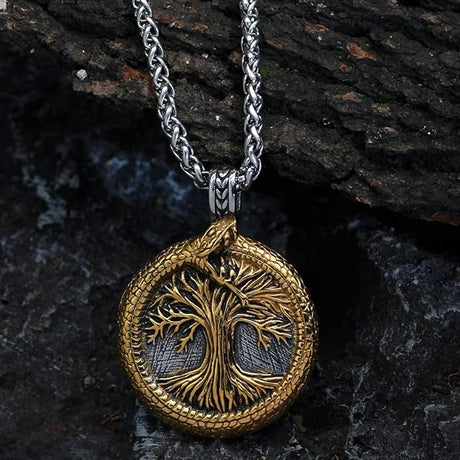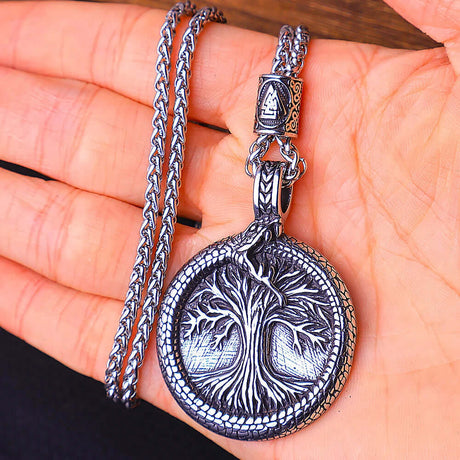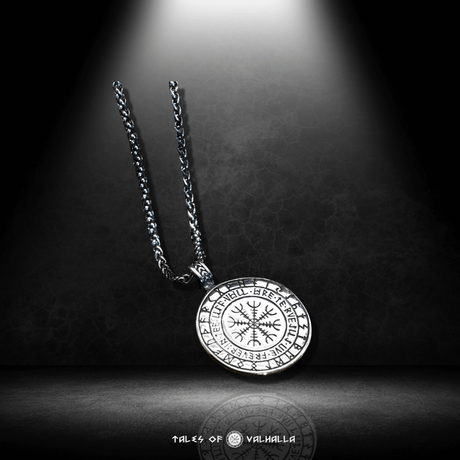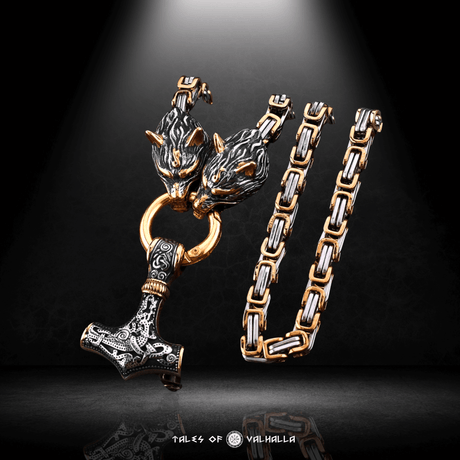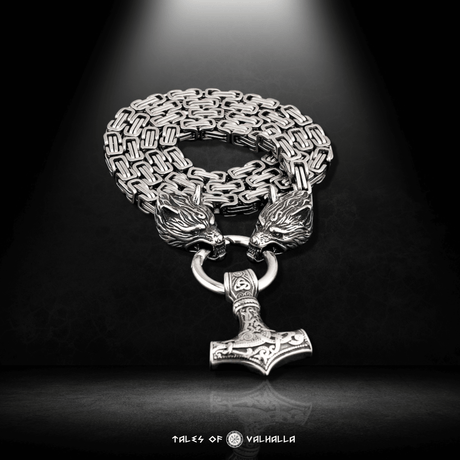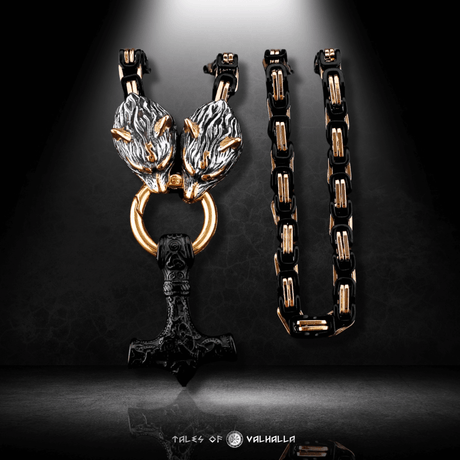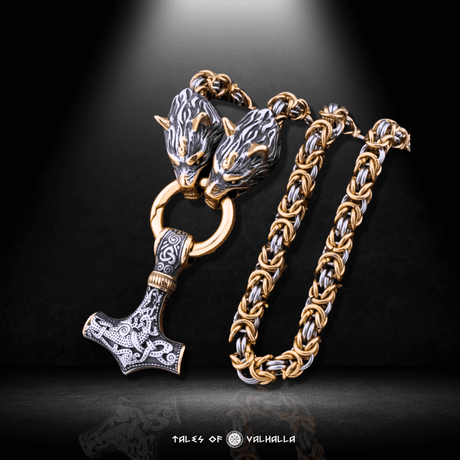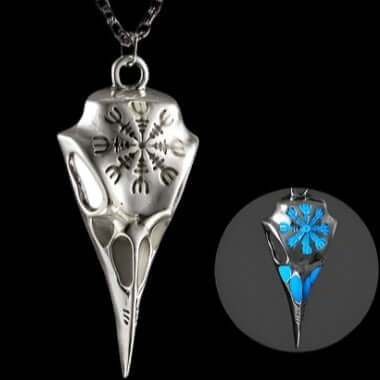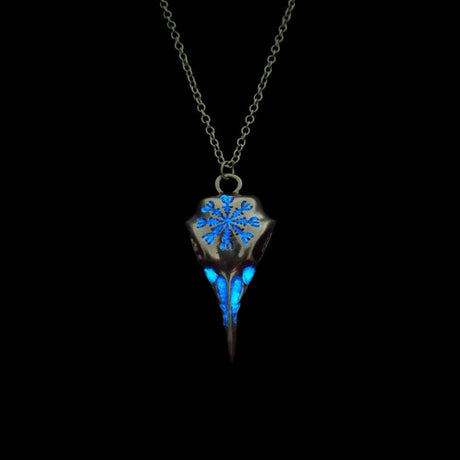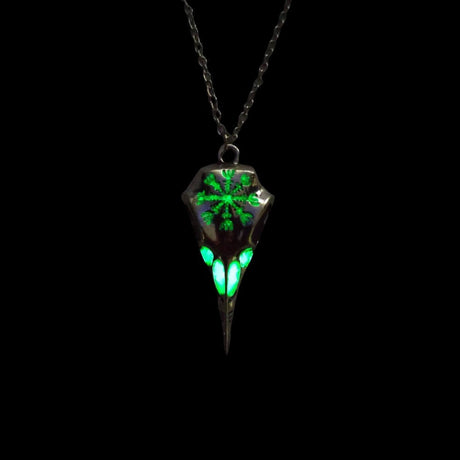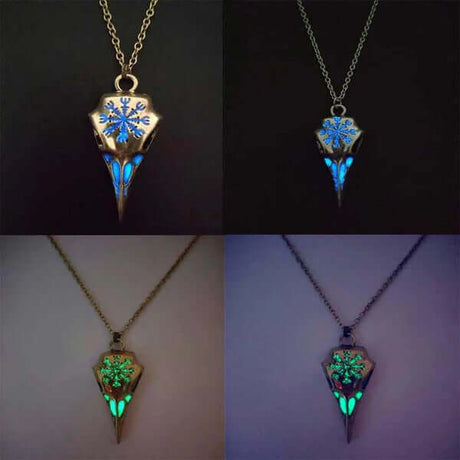Thor, the thunderous, hammer-wielding god of Norse mythology, is a figure of immense power and enduring popularity. His epic battles, unwavering strength, and somewhat boisterous personality have made him a favorite among gods. With the surge of Norse mythology in popular culture, particularly through Marvel's cinematic universe, questions about his family have become increasingly common. One query that frequently arises, often sparked by a certain formidable movie antagonist, is: Who is Thor’s sister?
The image of Hela, Odin's firstborn and Goddess of Death, as Thor’s sister in Thor: Ragnarok is a powerful one, deeply etched in the minds of many fans. But how does this compelling cinematic portrayal align with the ancient Norse sagas and Eddas? Did the mighty Thor of myth truly have a sister who contested his place or ruled legions of the dead?
This journey will take us deep into the heart of Norse lore, sifting through the primary sources to uncover the truth about Thor’s sister. We will explore Thor's actual mythological family tree, examine the figure of Hel (the true ruler of the Norse underworld), understand why the concept of Thor’s sister holds such fascination, and differentiate between ancient myth and modern adaptation.
The Hela Conundrum: Marvel's Impact on the Myth of Thor's Sister
Before venturing into the authentic Norse texts, it's essential to acknowledge the colossal influence of modern adaptations, most notably the Marvel Cinematic Universe (MCU), on public perception of figures like Thor’s sister.

The Hela Conundrum: Marvel's Impact on the Myth of Thor's Sister
Hela in the MCU: Odin's Banished Firstborn
In Thor: Ragnarok (2017), Hela, portrayed with chilling charisma by Cate Blanchett, is introduced as Odin's firstborn child. This makes her the elder Thor’s sister and, in her view, the rightful heir to the Asgardian throne. She is depicted as an incredibly powerful being, once Odin's chief executioner and leader of Asgard's conquering armies. Her insatiable ambition and destructive tendencies led Odin to imprison her. Upon his death, Hela breaks free to reclaim her birthright, leading to a devastating conflict with Thor and Loki. This cinematic Hela is a formidable warrior, a goddess of death whose power is intrinsically linked to Asgard itself. For millions, this character is Thor’s sister.
Why This MCU Hela Resonates So Powerfully
The MCU's portrayal of Hela as Thor’s sister is narratively brilliant for several reasons:
- High Stakes Family Drama: Sibling rivalry and family conflict are timeless and universally relatable themes. Making the antagonist Thor's elder sister immediately raises the personal stakes and emotional complexity of their confrontation.
- A Formidable Female Antagonist: Hela provides a powerful, compelling female villain, a character archetype often lacking in such epic narratives. Her strength and ruthlessness make her a genuine threat to Thor.
- Exploring Asgard's Dark Past: The character of Hela allows the MCU to delve into a more complex and less sanitized version of Asgard's history, revealing Odin's past as a conqueror. This adds depth to the otherwise noble image of Asgard.
- Explaining Odin's Character Arc: Hela's existence and Odin's decision to imprison her adds layers to Odin's character, showing his past mistakes and his attempts to steer Asgard towards a more peaceful future.
This version of Hela has undeniably become the most recognized answer to "Who is Thor’s sister?" for a vast global audience.
Hel of the Underworld: The Mythological Daughter of Loki
Now, let's turn to the original Norse myths. The figure whose name most closely resembles "Hela" is actually Hel (sometimes Anglicized as Hela). However, her lineage and role in the mythology are vastly different from her MCU counterpart, and crucially, she is not Thor’s sister.
Her True Lineage: A Child of Mischief and Monsters
According to the primary sources, particularly Snorri Sturluson's Prose Edda, Hel is one of the three monstrous and formidable children of the trickster god Loki and the giantess Angrboða ("Anguish-Boding"). Her full siblings are:
- Fenrir: The colossal wolf destined to kill Odin during Ragnarök.
- Jörmungandr: The Midgard Serpent, so enormous that it encircles the world, biting its own tail.
This parentage firmly places Hel outside Odin's direct lineage and makes her Loki’s daughter. Given Loki's complex relationship with the Aesir (sometimes an ally, sometimes an adversary, and Odin's blood brother in some accounts), Hel would be genealogically Thor's niece, not Thor’s sister.
Ruler of Helheim: Domain of the Inglorious Dead
Odin, foreseeing the immense trouble these three children of Loki would cause, dealt with each of them in a distinct way. He cast Jörmungandr into the sea and had Fenrir bound. For Hel, he cast her down into Niflheim, the primordial realm of ice and mist, and gave her authority over one of its regions, the underworld also named Hel (or Helheim).
-
Her Kingdom: Helheim is the destination for those who die of sickness, old age, or any means other than "gloriously" in battle (those heroes were chosen by the Valkyries for Odin's Valhalla or Freyja's Fólkvangr). It is often depicted as a grim, cold, and gloomy place.
-
Her Appearance: Hel's appearance is striking and symbolic of her domain. She is often described as having a dual nature: one half of her body is that of a beautiful, living woman, while the other half is blue-black and decaying, like a corpse. This visually represents her dominion over both life and death within her realm.
-
Her Role: Hel is the stern and powerful queen of her domain. She is not typically portrayed as an actively malevolent or expansionist figure like the MCU Hela. Her role is more that of a solemn, inescapable custodian of the dead, ensuring the cosmic order related to death is maintained. She is a grim necessity, not an ambitious conqueror seeking to claim Asgard. The question of Thor’s sister having this role is thus answered quite differently by the myths.
-
Story Vignette 1: A Glimpse into Helheim Imagine the echoing halls of Éljúðnir ("Misery"), Hel's great hall in the heart of Helheim. A chilling dampness pervades the air, and the only light comes from an eerie, flickering luminescence. Hel sits upon her throne, her gaze impassive, half her face vibrant, the other skeletal and shadowed. Before her, a procession of souls – the old, the sick, the unfortunate – arrive, not with the clamor of battle-slain heroes, but with quiet resignation. There is no glory here, only the stark reality of an end. Hel does not offer comfort, nor does she inflict undue suffering; she merely presides, a powerful, unyielding force in the cosmic balance. This is the true domain of Loki's daughter, a far cry from the ambition of a would-be thor’s sister.
Sifting Through the Sagas: Does Thor Have a True Mythological Sister?
Having clarified the mythological identity of Hel, we return to the central question: Do the primary sources – the Poetic Edda and Snorri Sturluson's Prose Edda – mention any other figure who could be Thor’s sister?
Examining the Primary Sources for Thor's Siblings
The Eddas provide extensive genealogies and family relationships for many of the Norse gods and goddesses. Odin's parentage, his wives, and his numerous sons are detailed. Similarly, Thor's parentage (son of Odin and Jörð/Fjörgyn, the personification of Earth), his wife Sif, and his sons (Magni and Modi) and daughter (Þrúðr) are well-attested.
The Verdict: No Prominent, Named Sister in the Core Myths
After a thorough examination of these core mythological texts, the answer remains consistent: Thor does not have a widely recognized or consistently named sister in Norse mythology. There isn't a significant goddess explicitly identified as Odin's daughter and Thor's full or half-sister who plays a major role in the surviving myths.
- Emphasis on Male Lines: Norse mythology, like many ancient oral and literary traditions, often places a greater emphasis on male lineage, particularly concerning inheritance, power, and heroic sagas. While powerful goddesses are abundant and crucial, specific sisterly relationships to major male warrior gods like Thor are not a prominent feature.
- The Nature of Norse Genealogies: Norse divine genealogies can be complex, with gods having multiple consorts and offspring. Different poems or later sagas might offer slight variations or hint at obscure figures. However, even within this intricate web, a figure clearly and consistently identifiable as Thor’s sister with a significant narrative presence simply doesn't emerge from the established canon.
Thor's True Kin: Meet the God of Thunder's Actual Family
While the search for a mythological thor’s sister may be unfruitful, the God of Thunder certainly wasn't without family. Understanding his actual relatives provides a more accurate picture of his place within the Norse pantheon.

Thor's True Kin: Meet the God of Thunder's Actual Family
Parents: Odin and Jörð (Earth)
Thor is most widely recognized as the son of Odin, the Allfather and chief of the Aesir gods, and Jörð (also known as Fjörgyn or Hlóðyn), a Jötunn (giantess) who is the personification of the Earth. This parentage is significant:
- Divine and Elemental Heritage: It makes Thor a bridge between the divine realm of Asgard and the primal, elemental forces of the earth. This connection likely contributes to his role as a protector of Midgard (the realm of humans) and his association with natural phenomena like thunder and storms.
- Frigg as Stepmother/Possible Mother in Some Traditions: While Jörð is Thor's most commonly cited mother, Odin's principal wife, Frigg, acts as Thor's stepmother. Some less common interpretations or kennings (poetic circumlocutions) might occasionally allude to Frigg in a maternal role towards Thor, but Jörð remains the primary figure. This doesn't introduce a thor’s sister through Frigg's other children, but rather clarifies Thor's own maternal line.
His Band of Brothers: The Sons of Odin
Thor had several well-known and significant half-brothers, all sons of Odin with either Frigg or other giantesses:
-
Baldr: The god of light, beauty, purity, and joy. Beloved by all, his tragic death at the hands of his blind brother Höðr (manipulated by Loki) is a pivotal event foreshadowing Ragnarök. Thor and Baldr had a close relationship, and Thor's grief at Baldr's death is profound.
- Story Vignette 2: The Brotherhood of Asgard – Thor and Baldr Imagine the vibrant fields of Asgard, where the gods often gathered. Thor, Mjölnir momentarily at his side, claps a hand on the shoulder of his radiant half-brother, Baldr. Their laughter echoes, a rare moment of untroubled camaraderie. Thor, the embodiment of raw strength, looks with affection at Baldr, whose presence brings light and peace. Though different in nature – one a storm of power, the other a beacon of serenity – they are united by their father, Odin, and the bonds of Asgard. There is no rivalry for a throne, no hidden animosity that a long-lost thor’s sister might bring; only the shared joy of brotherhood under the Asgardian sun, a joy soon to be shattered by fate.
- Höðr (Hodr): The blind god of darkness. He is tragically manipulated by Loki into unintentionally killing Baldr with a projectile made of mistletoe, Baldr's only vulnerability.
- Váli: A son of Odin and the giantess Rindr. Váli is remarkable for being born specifically to avenge Baldr's death. He matures with supernatural speed and slays Höðr when only one night old.
- Vidarr (Víðarr): Known as the "Silent God," Vidarr is a god of vengeance, son of Odin and the giantess Gríðr. He is destined to avenge Odin's death at Ragnarök by slaying the wolf Fenrir.
- Meili: Another son of Odin, mentioned briefly in some texts as a brother of Thor. Less is known about him compared to the others.
These are Thor's primary male siblings within the mythology. The absence of a similarly prominent thor’s sister is notable.
Sif: Thor's Golden-Haired Wife
Sif is Thor's wife and a significant goddess in her own right, primarily associated with the earth, fertility, and family.
- Symbol of Harvest and Earth's Bounty: She is most famous for her magnificent golden hair, which symbolizes ripened grain and the fertility of the land. When Loki maliciously cuts off her hair, Thor forces him to have the dwarves craft an even more beautiful replacement made of pure gold.
- Mother of Þrúðr (with Thor) and Ullr (from a previous union): Sif is a maternal figure, providing stability and representing the domestic aspects often contrasted with Thor's warrior nature.
Þrúðr (Thrud): Thor's Powerful Daughter
Thor and Sif had a daughter named Þrúðr (Thrud), whose name means "strength" or "power."
- A Mighty Maiden: Þrúðr is a significant figure, sometimes listed among the Valkyries. Her very name reflects the formidable power inherent in Thor's lineage.
- Alvís and the Dwarves: One myth tells of the dwarf Alvís ("All-Wise") who sought Þrúðr's hand in marriage. Thor, unwilling, tricked Alvís into a contest of riddles that lasted until sunrise, turning the dwarf to stone.
- A Strong Female Relative: While a daughter and not thor’s sister, Þrúðr represents a powerful, named female figure directly related to Thor, possessing her own inherent strength.
If Not a Sister, Then Who? Powerful Female Deities in Thor's Orbit & Beyond
While a direct, biological thor’s sister with a major mythological role is absent, it's incorrect to assume Norse mythology lacks powerful female figures. Many goddesses held immense sway and interacted with Thor's world, fulfilling archetypal roles that a sister character might in other narratives.
- Jörð (Mother Earth): Thor’s own mother, a primal giantess personifying the very earth he protects. Her power is fundamental and foundational.
- Freyja: The Vanir Powerhouse: A goddess of love, beauty, fertility, war, death, and seidr magic. Freyja is a formidable and independent deity, a leader of Valkyries who claims half the battle-slain for her hall, Fólkvangr. She commands respect and desire, a truly multifaceted power figure.
- Skadi: The Fierce Huntress of the Mountains: A giantess who married into the Aesir. She embodies independence, the wildness of nature, winter, and hunting. Her story is one of demanding justice and choosing her own path.
- Frigg: The Queen of Asgard: Odin's wife, a seeress with knowledge of fate, associated with marriage, motherhood, and household sovereignty. Her wisdom and influence are considerable.
These goddesses, and others, demonstrate the rich tapestry of female divinity in Norse mythology, even if none fit the specific mold of thor’s sister as popularly imagined.
Why the Fascination with Thor's Sister? The Power of Archetypes & Modern Storytelling
The persistent question about thor’s sister and the popularity of Marvel's Hela adaptation highlight interesting aspects of storytelling and audience desires.
- The Appeal of Sibling Dynamics: Stories involving siblings—their rivalries, alliances, and complex relationships—are inherently dramatic and relatable. Introducing a sister for Thor, especially a powerful and antagonistic one, creates instant narrative tension.
- The Desire for Strong Female Characters: Modern audiences increasingly seek out and celebrate strong, complex female characters. The role of a powerful "sister" can provide a compelling avenue to explore female agency and power within a traditionally male-dominated heroic narrative.
- How Pop Culture Fills Mythological "Gaps": When ancient myths don't provide a specific character archetype that modern audiences find compelling (like a powerful sister to a male hero), popular culture often steps in to create one. Marvel's Hela effectively fills this perceived "gap" for the story they wished to tell.
Myth vs. Marvel: A Clear Comparison of Thor's Family
To clearly illustrate the differences, here's a comparison:
This table starkly highlights how the concept of thor’s sister is almost entirely a construct of modern adaptation, specifically the MCU, rather than a feature of original Norse mythology.
Conclusion
So, who is Thor’s sister in Norse mythology? The most accurate answer, based on the surviving Eddas and Sagas, is that he doesn't have a prominent, named sister who plays a significant role in his story or the broader mythological narrative. The powerful, antagonistic Hela many associate as thor’s sister is a compelling creation of the Marvel Cinematic Universe, a character designed for dramatic impact and modern storytelling.
However, this doesn't mean Norse mythology lacks powerful female figures. From his earth-goddess mother Jörð and his resilient wife Sif, to his strong daughter Þrúðr, and formidable goddesses like Freyja and Skadi who inhabited his world, Thor was surrounded by divine women of considerable influence and agency. While none fit the precise genealogical role of thor’s sister, they contribute to the rich and complex tapestry of Norse lore.
The enduring question about thor’s sister speaks to our desire for certain narrative archetypes and the incredible power of modern storytelling to reshape ancient myths for new audiences. While it's enjoyable to explore these adaptations, it's also rewarding to delve into the original myths and discover the true, fascinating, and often surprising stories of the Norse gods and goddesses.
6 FAQs
-
Q: So, does Thor actually have a sister in Norse mythology? A: Based on the primary sources like the Poetic Edda and Prose Edda, there is no prominent, consistently named figure who is identified as Thor’s sister in Norse mythology. While genealogies can be complex, a significant sister character like those often seen in modern stories doesn't appear for Thor.
-
Q: Isn't Hela Thor’s sister? I saw her in the Marvel movies. A: The character Hela depicted as Odin's firstborn and Thor’s sister in the Marvel Cinematic Universe (specifically Thor: Ragnarok) is an adaptation for storytelling purposes. In original Norse mythology, the figure named Hel is actually the daughter of Loki and the giantess Angrboða, making her Thor's niece, not his sister.
-
Q: If Marvel's Hela isn't Thor’s sister in the myths, who is the mythological Hel? A: In Norse mythology, Hel is the powerful ruler of the underworld, also called Helheim. She is the daughter of Loki and the giantess Angrboða. Odin cast her into this realm to preside over those who die of sickness, old age, or other means not considered a glorious death in battle. She's often depicted with a half-living, half-decayed appearance.
-
Q: If Thor doesn't have a sister, did he have any brothers? A: Yes, Thor had several well-known half-brothers through his father, Odin. These include Baldr (the god of light and purity), Höðr (the blind god), Váli (avenger of Baldr), and Vidarr (who avenges Odin at Ragnarök).
-
Q: Are there other important female figures in Thor's mythological family, even if not a Thor’s sister? A: Definitely. Thor's mother was the earth goddess Jörð (Fjörgyn). His wife was the golden-haired goddess Sif, associated with fertility and harvest. He also had a powerful daughter named Þrúðr (Thrud), whose name means "strength."
-
Q: Why is the idea of Thor’s sister so popular if she's not in the original myths? A: The concept of Thor’s sister has become popular largely due to modern storytelling adaptations like the MCU. Sibling dynamics, especially involving powerful female characters, create compelling drama and conflict. While not mythologically accurate for Thor, such figures fulfill popular narrative archetypes.


